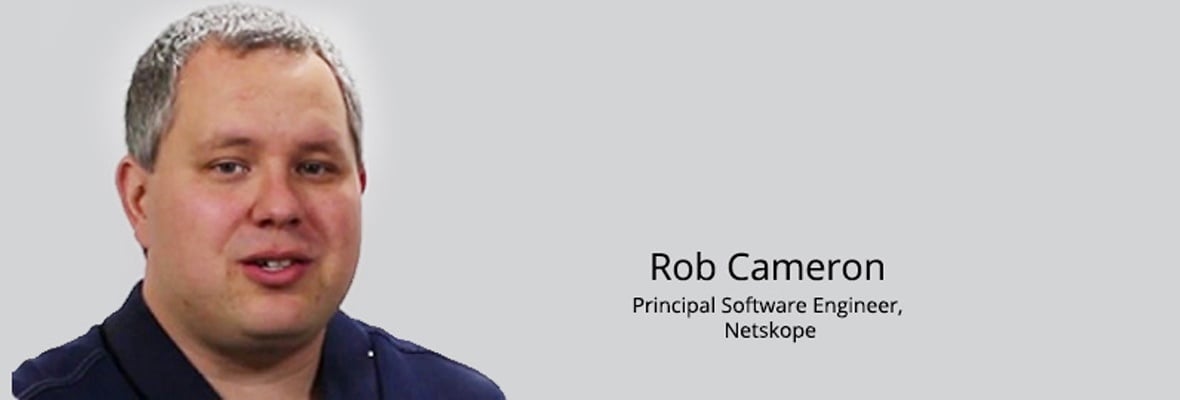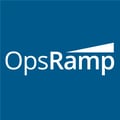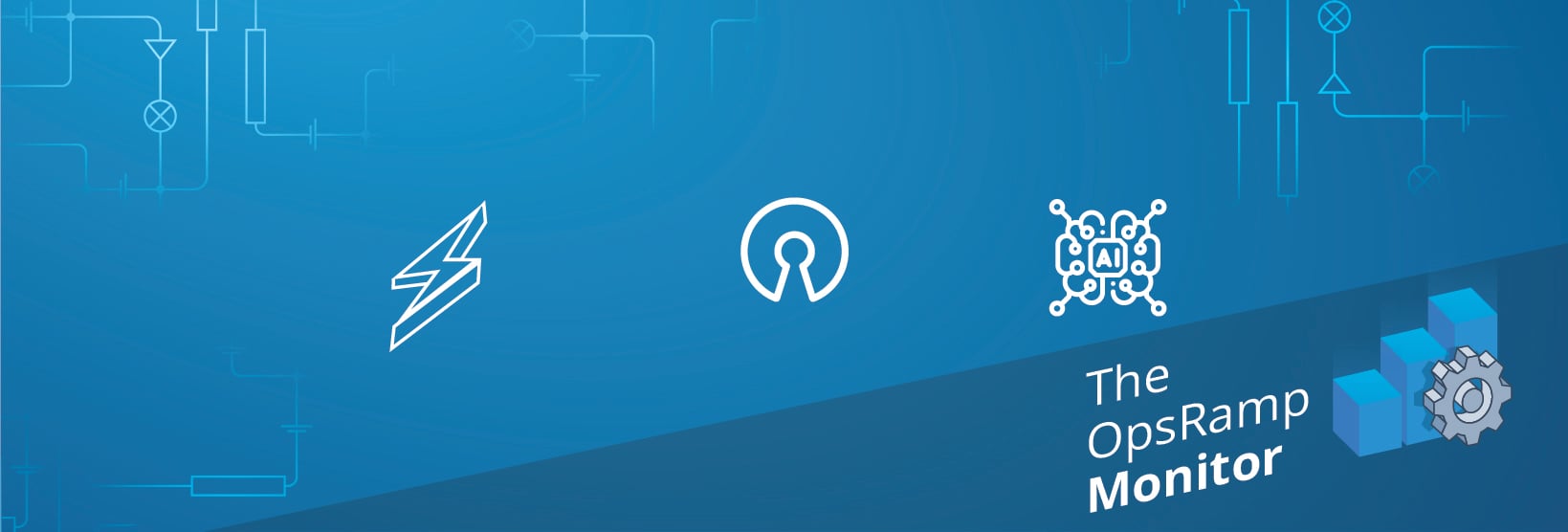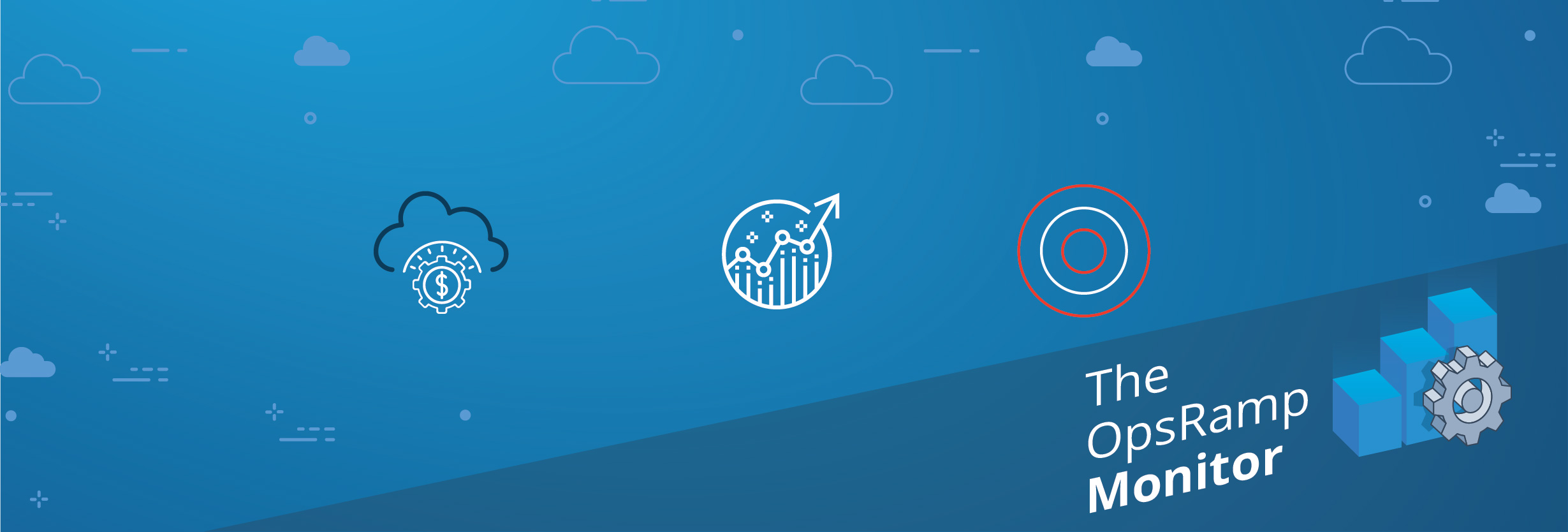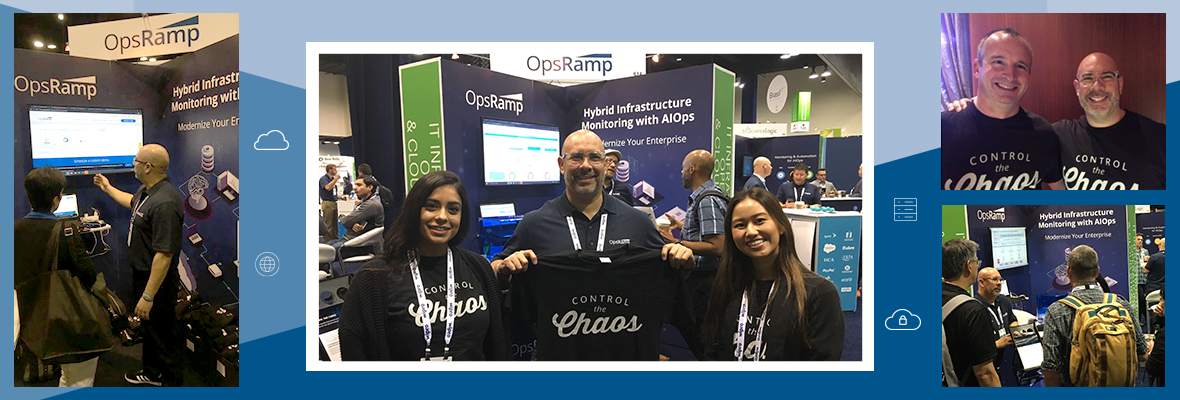Netskope is the cloud app analytics and policy company. Netskope performs deep analytics and lets decisionmakers create policies in a few clicks that protect corporate data and optimize cloud app usage in real-time and at scale. With Netskope, people get their favorite cloud apps and the business can move fast, with confidence.
We talked to Rob Cameron, Principal Software Engineer at Netskope, on his views on modern IT operations management, how cloud computing is fueling real-time innovation, and why adoption of DevOps is enabling customer responsiveness. Cameron also shared why Netskope selected OpsRamp as their solution for modern IT operations management and DevOps enablement. An edited version of his remarks is presented below.
OpsRamp: Please share your beliefs on how an IT environment should be run and managed. What's your view of Modern IT Operations Management?
We haven't changed much in the way IT Operations has functioned over the last fifty years. We still have different siloed teams for server, network, storage, and applications, with every team doing its own thing. We had a model where we used to bake the software for six to nine months, ship it over to operations, tell them do these five steps, and then get the application deployed. The reality is that we followed a waterfall model of development (developing something and releasing it every six to nine months).
We no longer have the luxury of the 9 month development cycle because technology changes so quickly today. We can't embrace the latest innovations or bring products to customers faster using the waterfall model. Enter the world of cloud computing where you need an Assembler or DevOps role in IT Operations. It's not so much the software or the tools but about being able to constantly upgrade, manage, and innovate using your IT.
OpsRamp: What are your thoughts about IT's transition from being a technology integrator to being a service provider?
IT is rapidly changing from a technology provider to a service provider. The role of a service provider has to do with operationalizing a service by making it quick to deploy, highly available, up all the time, and easier to consume. For IT Operations, the customers are the employees of your organization. The idea is to make users more successful by having IT services extremely easy to use whether you run the service internally or source from external providers.
OpsRamp: Please outline your views on DevOps.
When you approach IT infrastructure problems from a DevOps point of view, you engage in a transient versus persistent model of systems. All hosts in a DevOps environment are transient in nature. Systems are deployed, operationalized, and decommissioned all the time. The persistent part is the data (database, user accounts, and infrastructure for authentication). In DevOps, the data is always available and never lost.
You need an automation system so you can provision and decommission your systems all the time. You need a solution that interacts with the APIs of your cloud environment (VMWare, AWS) and brings it together. In our environment, we deploy OpsRamp to monitor and manage the lifecycle of the transient host. Our environment will always be changing and growing and we wanted something that evolves with us. We selected OpsRamp because it manages for persistent data and transient hosts.
OpsRamp: What infrastructure management requirements arise from embracing the DevOps operating model?
In a DevOps environment, you need a framework to monitor and manage things. You have legacy monitoring applications that require a huge effort to put them together. One of the challenges with legacy management applications is that you start with the following assumptions: everything is on-premise, behind a secure firewall, and is is an asset owned by you. Those assumptions have changed. You can use hybrid environments, public clouds with AWS, Azure, and Rackspace, as well have internal bare metal servers.
The issue then becomes that AWS doesn't manage Azure and Azure doesn't manage Rackspace. How do I aggregate management from that and how do I aggregate management for local services?
That is a tough challenge. OpsRamp helps us better manage all our IT resources through a single pane of glass no matter where they are and how they are being used. It doesn't matter tomorrow if we have 5 million instances on a particular public cloud service because OpsRamp manages each environment for us. As our business grows and our needs change, OpsRamp has worked with us. We are able to go to OpsRamp and ask for the components that we need and OpsRamp is able to manage those new components in our stack.
OpsRamp: How do you manage Netskope's globally distributed operations and teams?
We provide our globally distributed staff a single pane of glass view of the IT environment through a secure connection. It is very easy to on-board and train globally distributed teams as all of our infrastructure is organized by region, center, type, and service.
We don't want to on-board somebody and have it take six months for them to be effective. We don't have that kind of time in a DevOps environment. We want something that works and can be integrated immediately. When we add people to our team, we give them access to OpsRamp and they are up and running quickly.
OpsRamp: What benefits does unified IT operations management provide for Netskope?
Unifying IT operations management provides us a single pane of glass to monitor and manage our IT environment. It allows my team wherever they are in the world to understand what's really happening. They can log in, see the relevant data, and make an informed decision for solving any issue. Anytime someone logs in, they get that information immediately. Because the necessary information is embedded within the solution itself, we don't have to explain a complex management system with all its issues.
Unifying IT operations management helps our organization grow by focusing on things that are important and automates the things that are tedious (alerting, management, monitoring, templates, on-boarding, virtual machine setup and decommissioning).
